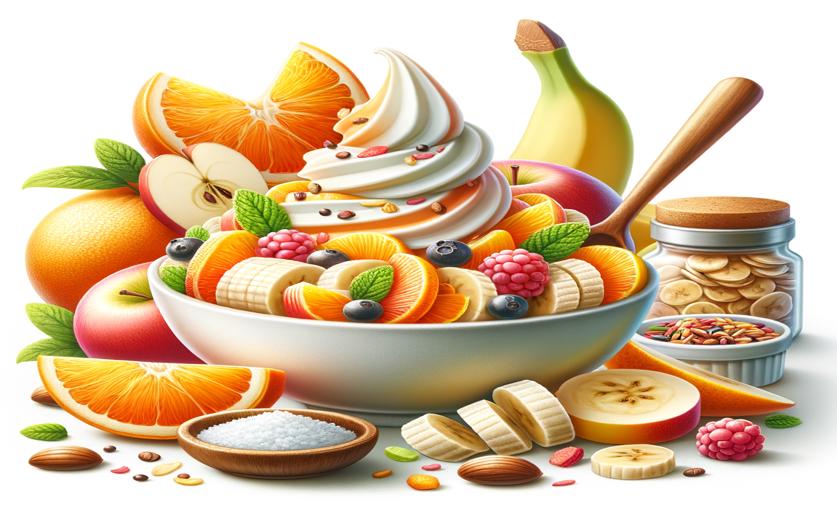
Enhancing Frozen Yogurt with Nutritious Fruit Peels
Jim Crocker
14th August, 2024

Image Source: Natural Science News, 2024
Key Findings
- The study by Parul University found that adding orange peel powder (OPP) to medium-fat frozen yoghurt enhances its orange flavor and makes it more appealing to consumers
- Incorporating OPP into the yoghurt increases its nutritional value by adding β-carotene and dietary fiber, which are beneficial for health
- The yoghurt with 2.5% OPP (T2) achieved the highest sensory score, indicating the best balance of flavor, texture, and overall acceptability
FruitsNutritionFitness And Diet
References
Main Study
1) Value addition to dietetic frozen yoghurt through use of fruit peel solids.
Published 13th August, 2024
https://doi.org/10.1038/s41598-024-69762-0
Related Studies
2) Valorization of Fruit Waste for Bioactive Compounds and Their Applications in the Food Industry.
3) Application of Cornelian Cherry (Cornus mas L.) Peel in Probiotic Ice Cream: Functionality and Viability during Storage.



 4th August, 2024 | Jenn Hoskins
4th August, 2024 | Jenn Hoskins